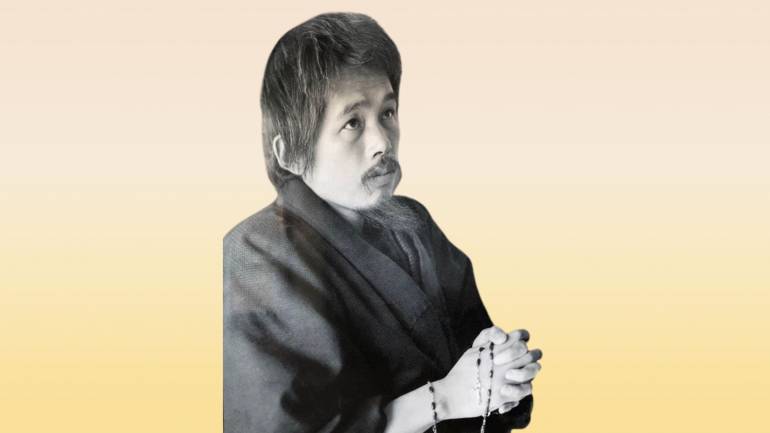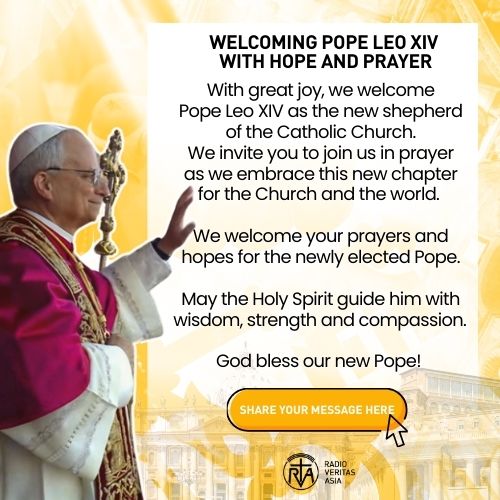Dr. Takashi Nagai: a Japanese atheist who converted to the Catholic faith

"Jesus, Mary, Joseph, into your hands, I entrust my soul," Takashi Nagai
Takashi Nagai, a survivor of the Nagasaki atomic blast in 1945, embarked on a remarkable journey from atheism to deep Catholic faith.
Born in 1908 to a family steeped in Shintoism, Nagai initially dismissed religion as superstition, placing his trust solely in science.
His father was a practitioner of Western medicine, while his mother hailed from a samurai lineage, instilling in him a respect for education and discipline.
Nagai's interest in atheism blossomed during his high school years.
He enrolled in Nagasaki Medical College in 1928 and graduated in radiology in 1932.
The death of his mother from a brain hemorrhage in 1930 deeply affected him, planting the first seeds of doubt in his strictly scientific worldview.
Her final gaze, which seemed to hint at life beyond death, led him to explore the writings of Blaise Pascal, the French mathematician and Catholic philosopher.
In 1933, Nagai served as a medic in the Japanese army, treating the wounded in Manchuria. During this time, he received a book on Catholic catechism from his future wife, Midori.
The Second Sino-Japanese War saw him stationed in China as a surgeon, and by 1940, he returned to Japan with profound losses: his father and daughter had both passed away. He continued his medical studies, earning his doctorate in 1944.
The year 1945 brought relentless airstrikes to Nagasaki, and Nagai was diagnosed with leukemia in June, given only three years to live.
On August 9, the atomic bomb devastated Nagasaki, killing over 60,000 people and obliterating the Urakami Cathedral and the Nagasaki Medical Center. Nagai's wife perished in the blast, and their home was destroyed.
Nagai had met Maximilian Kolbe, a Polish priest and future saint, during Kolbe's mission in Nagasaki from 1931 to 1936. This encounter, coupled with the influence of Pascal's "Pensees," deepened Nagai's burgeoning faith. Baptized as Paul in 1934, Nagai and his wife had four children together.
Reflecting on his mother's death, Nagai wrote, “With this last penetrating look, my mother demolished the ideological framework that I had constructed.
This woman who had brought me into the world and raised me, this woman who had never given herself a moment of rest out of her love for me, spoke to me very clearly in the last moments of her life.
Her look told me that the human spirit continues to live after death. All this came as an intuition, an intuition that tasted of truth.”
Nagai's bestselling book, "The Bells of Nagasaki," concluded with a poignant meditation on the atomic age: “Will humanity find happiness or misery in the atomic age? What shall we do with this double-edged sword concealed in the universe by God and now discovered by man?
Utilizing it wisely could lead to significant advancements for civilization, while its malevolent usage would bring about the destruction of our world.
The decision lies within the free will of mankind, who holds their destiny in their hands. Contemplating this fills one with terror, and for my part, I believe that a true religious spirit is the only guarantee in this realm… On our knees, amidst the ashes of the atomic desert, we pray that Urakami will be the last victim of the bomb.”
Before his death in 1951 at the age of 43, Nagai requested that medical students observe his final moments, providing them with a profound lesson in faith and mortality.
His last words were a testament to his spiritual journey: "Jesus, Mary, Joseph, into your hands, I entrust my soul."








